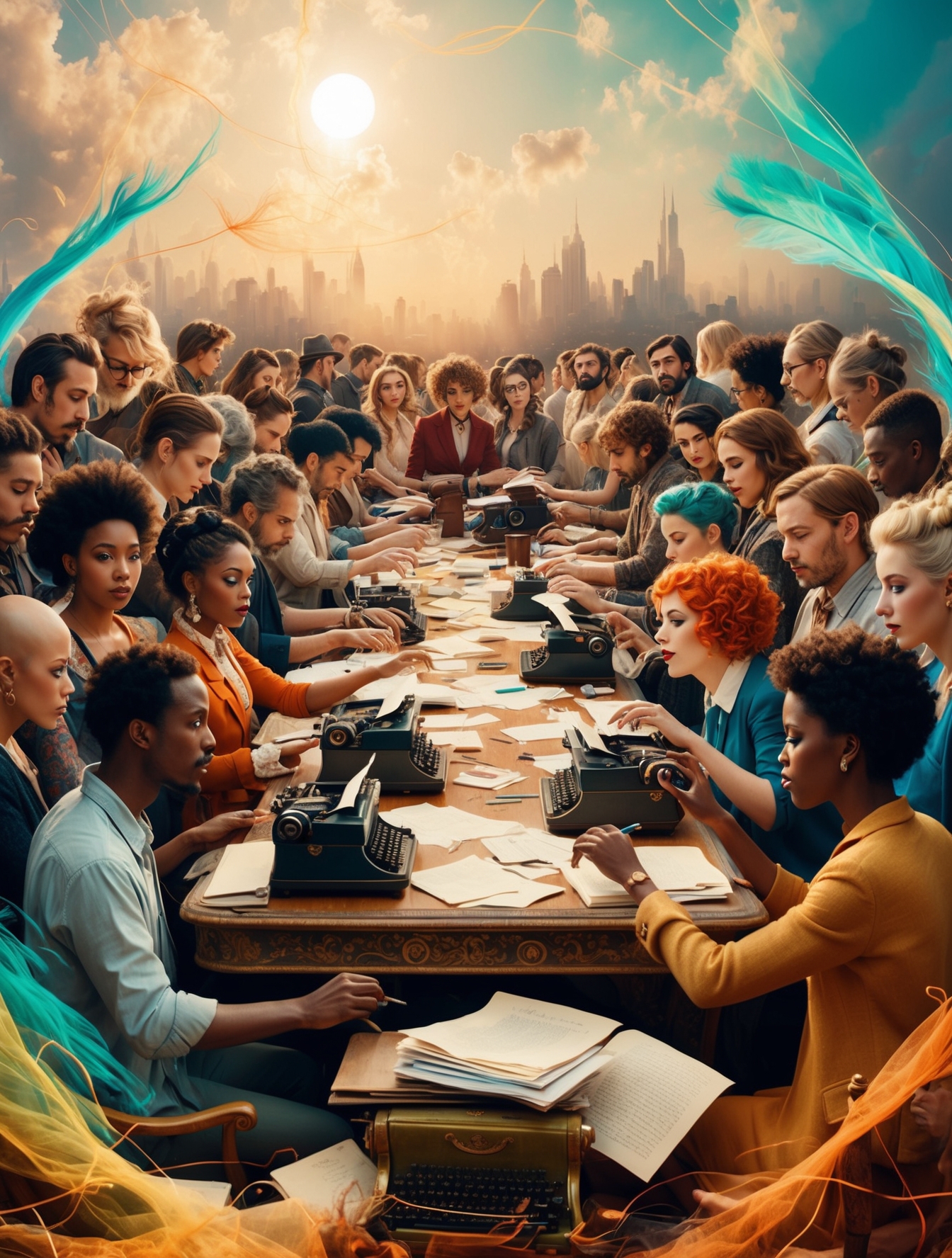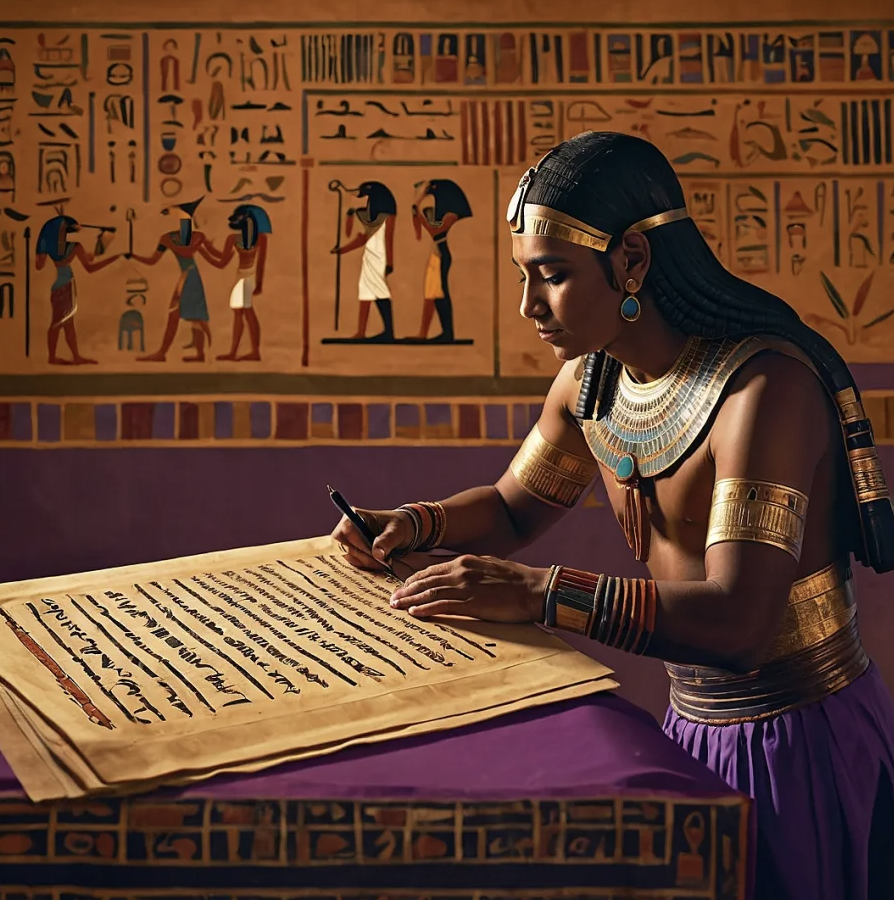Intellectual property rights can feel boring to learn to us naturally creative artist types, but they’re the foundation that protects our work, ensuring that our ideas, art, and creations remain ours.
If they’re boring to learn as is, imagine mixing them with the legal intricacies of non-fungible tokens, or NFTs.
It’s just going to be a headache to learn whether your book NFTs are protected by intellectual property rights or not, so I wrote this article to walk you through the basics.
Disclaimer
Of course, NAL (not a lawyer in Reddit lingo) applies here, but our experience working with NFTs for three years as of writing gives us a general idea of how they should interact with IP rights.
You should always consult an entertainment lawyer if possible, to check up for sure how these should work in your country.
Without further ado, here’s a breakdown of how IP rights affect NFTs:
What Are Intellectual Property Rights?
Intellectual property (IP) rights are legal protections granted to the creators of original works, giving them exclusive control over the use and distribution of their creations. These rights allow individuals or companies to protect and monetize their innovations, designs, and expressions of creativity. IP rights cover a wide range of creations, from art and literature to inventions, music, and even logos or brand names.
There are four main types of intellectual property: copyright, trademarks, patents, and trade secrets.
Let’s go through each of them briefly to better understand how they integrate with book NFTs later on:
Copyright
Probably the one you’ll be most familiar with. Copyright protects original works of authorship, such as books, music, films, paintings, and software. It gives the creator the exclusive right to reproduce, distribute, perform, or display their work. In most cases, copyright lasts for the creator’s lifetime plus an additional period (typically 70 years after death).
Trademarks
These protect symbols, names, and slogans used to identify goods or services. A trademark ensures that a brand is recognizable and distinguishes it from competitors. Think of the Nike swoosh or McDonald’s golden arches—both are trademarks that protect the brand identity.
Patents
Patents apply to inventions or processes that offer a new way of doing something or a technical improvement on an existing product. Patents give inventors the exclusive right to manufacture, use, or sell their invention for a limited time, typically 20 years.
Trade Secrets
These are confidential business practices or processes that give a company a competitive edge. Trade secrets include things like formulas, methods, or designs that are kept secret to maintain a business advantage (e.g., Coca-Cola’s recipe).
In this case, we’ll be focusing on copyright, since NFT books, being books, should be protected by them. Or, are they?
NFTs and Copyright Protection
Most NFTs may not meet the basic criteria for copyright protection, as noted by The New York Times. This stems from the fact that when you buy an NFT, you’re not actually purchasing the digital asset itself but rather a digital certificate of ownership tied to the asset. Essentially, an NFT is a unique token that represents the right to claim ownership over a specific digital item, but that doesn’t automatically grant you the copyright to the underlying work. In most cases, the copyright remains with the original creator, unless explicitly transferred as part of the NFT sale. When you buy a book—whether from a store or an online platform—you’re paying for a copy of the content, not the rights to the intellectual property. You can read, gift, or resell your copy, but you don’t have the legal right to reproduce the content, adapt it into other media, or profit from it in any way beyond personal use.
The same principle applies to NFT books. When you purchase an NFT book, you’re acquiring a unique, collectible version of the text, often with additional perks like special editions or multimedia enhancements, but you don’t own the underlying copyright to the story. The author or creator retains those rights, unless explicitly transferred, so you can’t legally reproduce or modify the book’s content without their consent. While NFTs offer unique ownership experiences, the rights to use or profit from the intellectual property remain protected unless otherwise stated.
What Happens To IP Rights When You Sell an NFT?
On a technical level, minting an NFT involves encoding a digital file as metadata linked to the artwork. This file could be copyright-protected or in the public domain. Although almost anything digital can be turned into an NFT, it doesn’t guarantee copyright protection for the underlying work. When you buy an NFT, you’re purchasing the unique metadata linked to the digital asset, not necessarily the rights to reproduce or exploit the original content.
The confusion about NFTs and copyright often stems from the high value associated with them. People wonder why someone would spend millions on a digital file and metadata, but the key point is that the buyer is acquiring the NFT’s uniqueness, not the copyright.
If you hold the copyright to a traditional piece of art, you have exclusive rights to reproduce, distribute, and create derivative works from that art. When you mint an NFT of that artwork, you can sell the NFT without transferring those copyright rights to the buyer.
This is similar to selling a print of your artwork — the buyer owns the copy but not the copyright. The NFT, like a print, can have its own value, even though it’s not the original and doesn’t grant ownership of the intellectual property.
Book NFTs are More than Digital Files
Book NFTs are more than just digital files—they can be multi-dimensional works that blend physical and digital elements. Take Beeple’s “Human One,” for example, a real-life sculpture featuring screens that animate an astronaut trekking through alien landscapes. This hybrid NFT was auctioned at Christie’s for a staggering $28.9 million. Similarly, fashion houses entering the NFT space often sell both physical clothing items and their digital counterparts, which can be worn by avatars in the Metaverse.
Today’s NFTs are no longer just pixel art or quirky profile pictures. To stand out, they need added utilities or perks, offering buyers more than a simple image. Viral NFTs now often provide access to exclusive content, experiences, or ownership benefits, far surpassing the early days when a screenshot of Jack Dorsey’s first tweet could sell for millions.
If you’re planning to mint a book NFT, you must first ensure you hold the copyright to your work. Depending on your approach, you can either retain exclusive rights or transfer them to the NFT buyer.
Some projects, like Yuga Labs’ Bored Ape Yacht Club, grant IP rights to the purchaser, while others, such as CryptoPunks, don’t come with that flexibility. A notable example is GoblinTown, which uses a CC0 license to waive copyright, allowing anyone to freely use or build on the work.
This approach played a significant role in GoblinTown’s rise to fame, but I wouldn’t recommend it to anyone writing an NFT book, for obvious reasons.
I mean, you could try, but things would get ugly real fast, as happened with Realms of Ruin.
The Bottom Line
Just like with physical or digital books in the Web2 world, purchasing an NFT doesn’t automatically grant you the right to reproduce or alter the work. This protection remains with the original creator unless explicitly transferred.
As the NFT space continues to evolve, being informed about intellectual property rights will empower both creators and buyers to navigate this digital landscape with clarity, ensuring that everyone’s rights are respected while exploring new possibilities.



